Bournival has been sidelined with a shoulder injury since November 5th, so the Habs have sent him back to the AHL to get three games in over the weekend. Expect him to be recalled next week and return to the lineup soon.
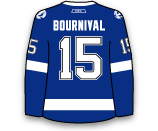
Bournival has been sidelined with a shoulder injury since November 5th, so the Habs have sent him back to the AHL to get three games in over the weekend. Expect him to be recalled next week and return to the lineup soon.

Namestnikov, 22, has skated in 23 games with the Lightning this season, posting three goals and seven points to go along with four penalty minutes. He recorded his first career NHL goal and assist on October 13 against the Montreal Canadiens. Namestnikov has played in 27 career NHL games, all with the Lightning over the past two seasons.

MacIntyre, 31, has posted a 6-8-1 record, a 2.82 GAA and a .909 SV% in 15 games with Charlotte this season. He has been recalled to serve as Anton Khudobin’s backup tonight, because Cam Ward (undisclosed) is not expected to be available.
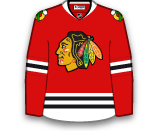
The Avalanche are extremely banged up right now and they will dress 11 forwards and seven defensemen on Thursday vs. Calgary. Nick Holden will play as a forward, which leaves Stollery to draw in on the third pairing.
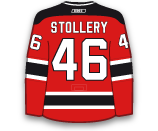
Cunningham, 24, did not get into a during this recall. He returns to Providence where he has tallied 13 points (4G / 9A) in 18 games this season.
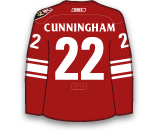
Shinnimin, 23, failed to record a point in two games during his recall. He returns to the AHL where he has 14 points (4G / 10A) in 19 games.
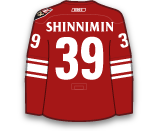
Schaller failed to record a point in two games during his recall. Being sent back to the AHL means that Cody McCormick will be ready to go on Thursday in Tampa Bay.
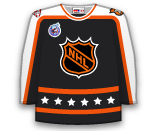
Knight appeared in two games during his recall but served as a healthy scratch in each of the Flames last three games. With Matt Stajan ready to return from a knee injury, Knight had to be sent back to the AHL.
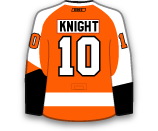
The Stars have placed Anders Lindback on waivers and recalled Rynnas to be Kari Lehtonen’s backup. Rynnas has posted a 5-1-4 record with a 2.58 GAA and .913 SV% in Texas. He has three career NHL appearances.
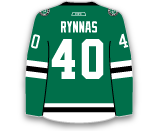
McKenzie, 23, has registered three goals and three assists in seven games with Texas this season. In nine games with the Stars he has just one goal.
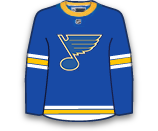
The Isles placed Johnny Boychuk and Lubomir Visnovsky on IR to make room to call Reinhart. Reinhart, 20, has two goals and six assists in 15 games with Bridgeport this season. He has no points in three career games with the Islanders.
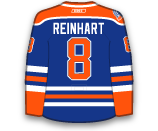
Chiarot, 23, has nine points (4G / 5A) in 24 games with St. John’s this season. He has just one game of NHL experience, but could make his season debut tomorrow with Tobias Enstrom on IR with a lower-body injury.

Wilson, 22, was the Penguins seventh round pick (209th overall) in 2011. Wilson has regiestested three goals and nine assists (12 points) in 21 games in his first year with WBS. The Penguins placed Kris Letang on IR to make room for Wilson to be recalled.
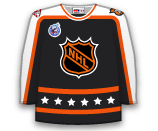
Tennyson got into one game during his recall. He played 20:15 and recorded one shot and a minus-1 rating.
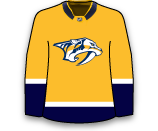
Pickard had a great stint with the Avalanche, winning three games in three starts and two relief appearances, while posting a 1.99 GAA and .936 SV%. With Semyon Varlamov set to return on Thursday, the Avalanche had to send Pickard back to the AHL.

Bobkov, 23, has been recalled to backup Frederik Andersen tonight because Jason LaBarbera is out with an upper-body injury. Bobkov has gone 1-4-0 with a 4.70 GAA and .842 SV% with Norfolk this season.
Lindbohm, 21, did not get into the lineup during his recall. He heads back to Chicago where he has recorded four goals and three assists in 19 games.

The Avs lost John Mitchell and Marc-Andre Cliche over the weekend so they have recalled the 21-year-old centre and he is expected to make his NHL debut tonight vs. Montreal. He has recorded 12 points (4G / 8A) in 18 games with Lake Erie this season. He was the Avs’ 7th round pick (192nd overall) in 2012.
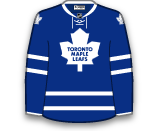
In the wake of more injuries to Avalanche forwards, the 22-year-old centre has been recalled and is expected to be in the lineup tonight vs. Montreal. Sgarbossa has three goals and nine assists (12 points) in 18 games with Lake Erie this season. He has no points in six career NHL games.

Pitlick, 23, has registered three goals and six assists in 14 games with OKC this season. In 10 games with the Oilers last season, he had one goal and a minus-2 rating.
